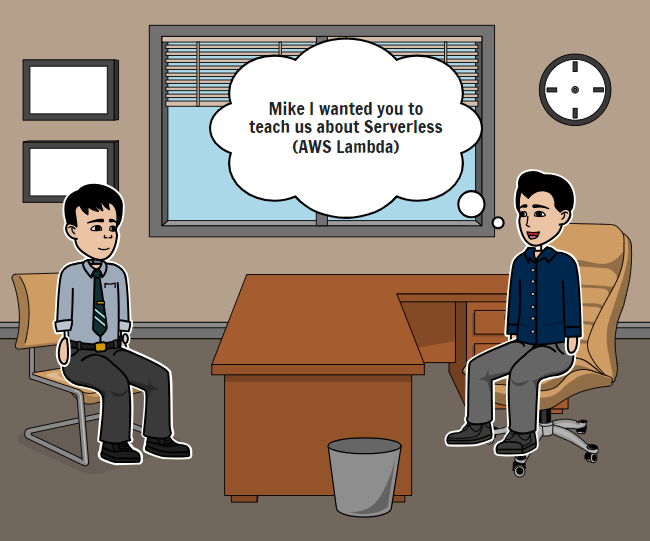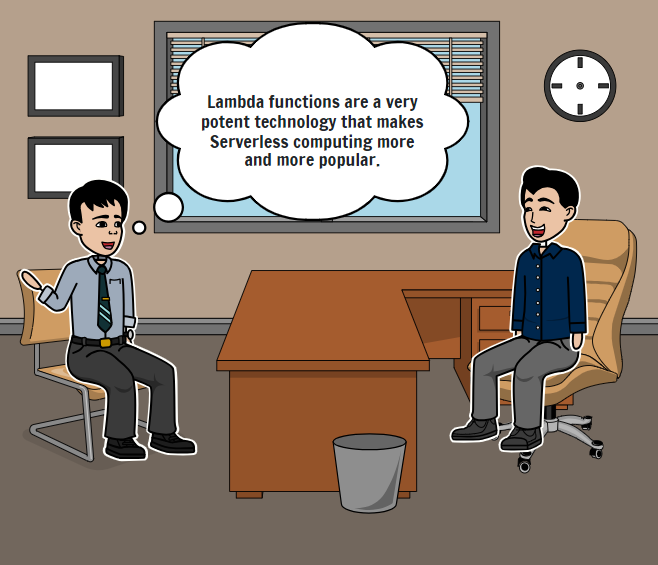Unleashing the Power of Serverless with Lambda Functions
 Sachin Adi
Sachin Adi
Introduction
Serverless architecture has become a game-changer in the constantly changing world of cloud computing, freeing developers from the chore of maintaining infrastructure so they can concentrate on building code. Lambda functions are a fundamental component of serverless computing that is provided by cloud providers such as AWS. We will explore the advantages, use cases, and ways that Lambda functions are changing the development and deployment of apps in this blog article.
What Are Lambda Functions?
In a serverless computing context, lambda functions—also known as serverless functions—are units of execution. One of the most well-known applications of this idea is AWS Lambda, which lets you run your code without having to worry about setting up or maintaining servers. Functions are an adaptable and affordable solution for a variety of applications since they may be triggered by a variety of events and automatically scale to handle the load.

Key Features and Benefits
Event-Driven Execution
Events like modifications to data in an S3 bucket, updates to a DynamoDB table, or HTTP requests made over the Amazon API Gateway can cause Lambda functions to be called. The event-driven paradigm enables developers to react instantly to changes.
Auto-Scaling

Lambda functions automatically grow in response to the volume of requests they receive. The platform takes care of the scaling behavior, so there's no need to manually adjust it. This guarantees cost-effectiveness and peak performance.
Pay-Per-Use Pricing

You only pay for the compute time that your functions use while using Lambda. Applications with different workloads might choose this cost-effective option because there are no hidden fees or expenses for periods when your code is not in use.
Support for Multiple Runtimes
Numerous programming languages, including Node.js, Python, Java, Go, and others, are supported by Lambda. Because of this flexibility, developers can select the language that best suits the needs of their application.
Use Cases
Microservices Architecture
Building microservices with lambda functions is a great way for developers to divide large apps into smaller, autonomous parts. Because each function may perform a particular task, modularity and ease of maintenance are encouraged.
Real-time File Processing
Lambda functions can be used to process files in real-time by using event triggers connected to modifications in S3 buckets. For instance, resizing photos, converting films, or gathering metadata from files that have been submitted.
Backend for Mobile and Web Applications
When it comes to managing services like user authentication, data validation, and database operations, lambda functions can act as the backend for both web and mobile applications. Developers can now concentrate on the logic of the applications rather than the infrastructure.
Getting Started with Lambdas

Creating a Lambda Function
It is simple for developers to create a new Lambda function using the AWS Management Console. Select a runtime, specify the function code, create triggers, and adjust runtime parameters.
Testing Locally
Developers can use tools like the AWS CLI or the AWS Toolkit for well-known integrated development environments (IDEs) to test the function locally before deploying it.
Monitoring and Logging
Logging and monitoring features are integrated into lambda functions. With CloudWatch, developers can keep an eye on performance, debug problems, and trace the execution of functions.
Conclusion

The way we develop and implement apps has changed dramatically as a result of lambda functions. Developers can concentrate on building code that matters by abstracting away the underlying infrastructure, leaving the serverless platform to handle scalability and maintenance. Lambda functions are a very potent technology that makes serverless computing more and more popular. They facilitate efficiency and creativity in the field of cloud-native development. Accept the serverless revolution and release your code from the limitations imposed by servers!
In the end, I would always love to say, Happy Learning!
Subscribe to my newsletter
Read articles from Sachin Adi directly inside your inbox. Subscribe to the newsletter, and don't miss out.
Written by
